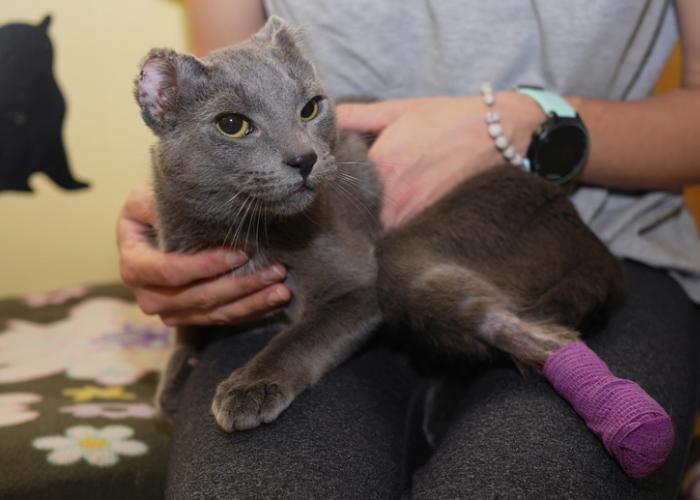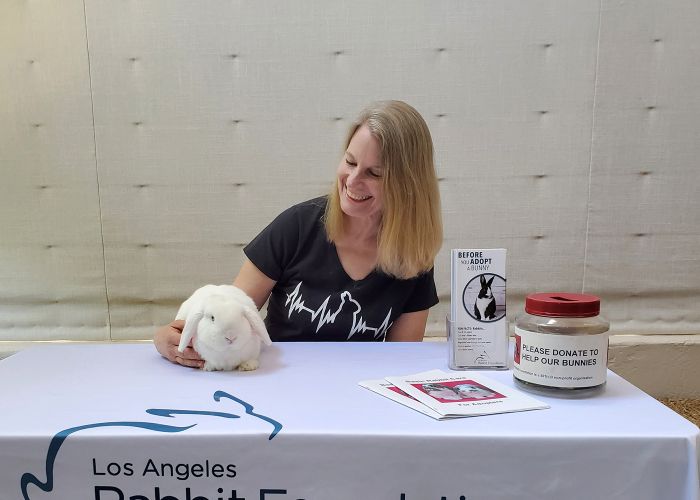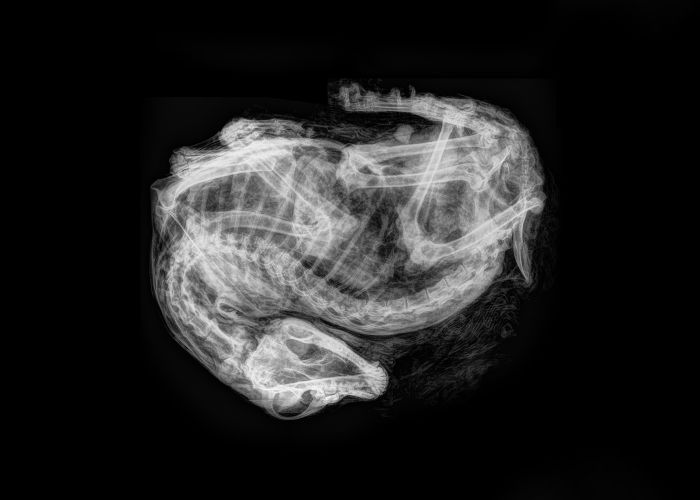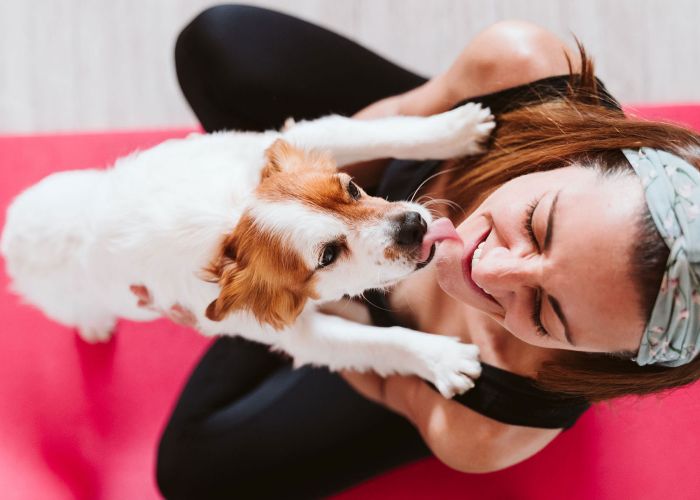Celebrating a cool million
What comes next for the campaign that delivered on its lifesaving promise?
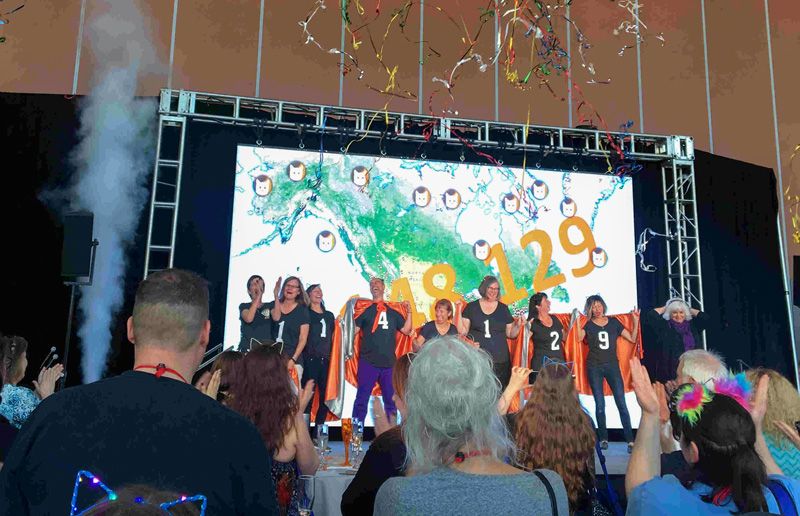
Streamers burst in the air, champagne corks popped and the crowd at the Kansas City Convention Center cheered for what seemed like a lifetime. Behind the stage, the number 1,148,129 flashed on a jumbo screen.
The Million Cat Challenge’s big reveal party at this year’s Animal Care Expo brought tears of joy and relief not only to the campaign’s co-founders—veterinarians Kate Hurley and Julie Levy—but to all those who participated in the project Hurley believes has the potential to lift “the burden of euthanasia from our souls.”
The moment was five years in coming. In 2013, Hurley and Levy asked attendees at an Animal Care Expo workshop to write down how many cats they thought they could save—how many euthanasias they could prevent—by implementing what they had learned that week.
The 122 shelters in attendance committed to saving 126,126 lives. But Hurley, director of the UC Davis Koret Shelter Medicine Program, and Levy, director of the Maddie’s Shelter Medicine Program at the University of Florida, are big thinkers. They knew they could stretch that goal, bring more shelters on board and challenge the animal welfare field to make bold changes. They decided the campaign could save 1 million cats in the next five years.
This wasn’t just a goal, but a promise made by each challenge participant, a promise to the cats they had not yet been empowered to save and to the cats who had not yet come through their shelter doors. Five years later, when Hurley and Levy returned to Animal Care Expo, 1,148,129 cats had been saved. And 131 shelters had reduced their cat euthanasia by at least 50 percent. Promise kept.
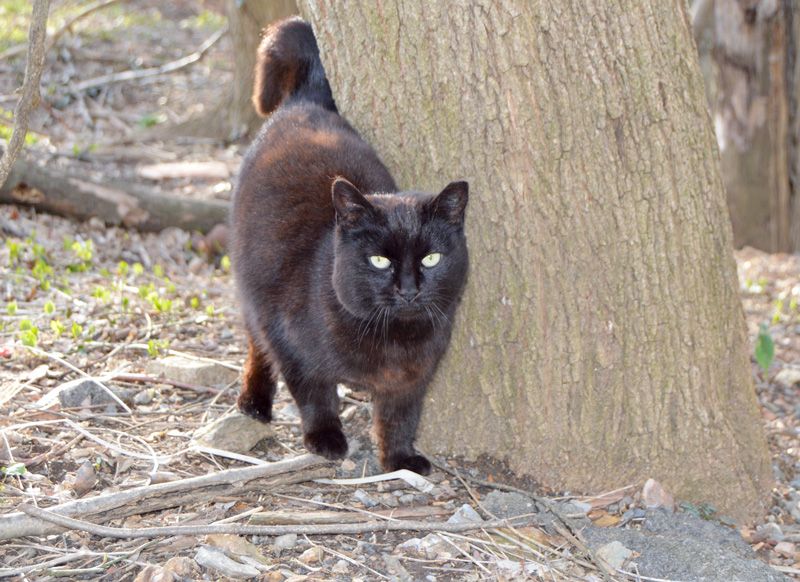
#ALLTHECATS
As the cheers died down at the convention center, Hurley asked the crowd, “Are we done yet?” The answer was no surprise: The crowd responded with a big “No!” But where do you set the bar after saving a million lives?
“It’s not about any number,” explains Hurley. “It’s about the right outcome for every cat.” That outcome may be adoption or return-to-field, or for some cats, it may be humane euthanasia. “For many cats,” adds Levy, “the right outcome is not coming into the shelter at all and having community resources that make that possible.” The new mission of the Million Cat Challenge: to empower every person at every shelter to provide the right care and outcome for every cat.
The first part of the new mission is learning from the initial challenge. How did participating shelters employ the challenge’s five key initiatives: managed admissions, alternatives to intake, capacity for care, removing barriers to adoption and return-to-field? Through their initial analysis of the numbers, challenge organizers are gleaning insights into how the initiatives worked, what can be refined and what can be added.
What they have seen so far, Hurley says, is that many of the most impactful strategies are fairly simple to implement. “Just simply starting a waiting list [to manage intakes] in the middle of summer can really impact everything—operations, costs, illness, adoptions, staff burnout—and we know a lot more now of how to do that than we did five years ago.” Return-to-field and referrals to trap-neuter-return programs were also shown to be major contributors to euthanasia reduction, providing lifesaving outcomes for the majority of feral cats.
But feedback from participants also revealed gaps that need to be filled in order to reach all the cats, such as feral cats who can’t be returned to where they were found via RTF or TNR programs, and neonatal kittens, whose resource-intensive needs often make them at a higher risk for euthanasia. In response, the challenge campaign is expanding the strategies to include working cat programs, kitten nurseries and a bigger focus on fostering.
#ALLTHESHELTERS
The next phase of the Million Cat Challenge also includes reaching out beyond the current participants and those who attend Animal Care Expo. Right now, 50 percent of the estimated shelter intake of cats is represented by participating shelters. “There are so many shelters that are not on anyone’s mailing list, like the little city shelter run by the local sheriff who is not connected to the larger sheltering community,” Hurley points out. Current participants are being asked to reach out to neighboring shelters and bring them into the campaign.
Luckily, participating shelters are already evangelical about the Million Cat Challenge. One of the most powerful things Levy observed over the past five years was the support that the shelters gave each other. “Trust me and try it!” testimonials helped give shelters the confidence to do things that were new and scary. For example, some shelters were hesitant to install portals in cages, which would give each cat more space but reduce the number of available housing units. What convinced them to take the plunge was hearing firsthand from other organizations how portalization dramatically decreased length of stay and ultimately allowed the shelter to take in more cats.
As the Million Cat Challenge celebration drew to a close, Hurley and Levy again asked participants to write down their promise to cats.
The magnitude of what “all the cats” means is not lost on them, Hurley says of her challenge to shelters to provide the right care and outcome for every cat. “It’s a big task, but it’s not an impossible task.”



